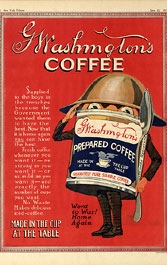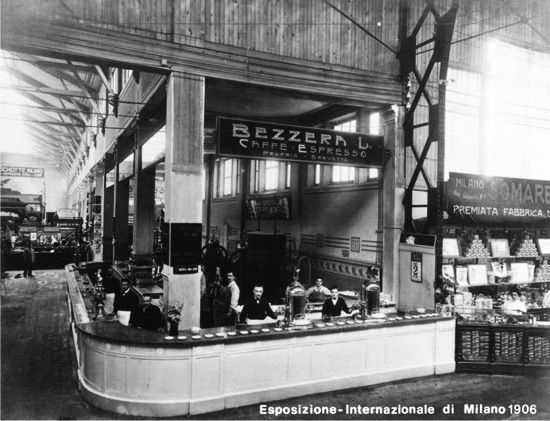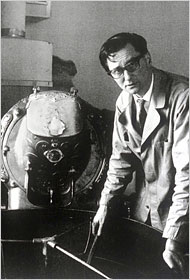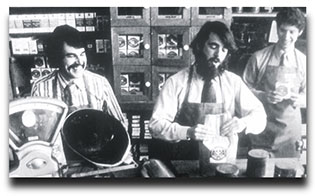History of Coffee
Botanical evidence indicates that coffeea arabica originated on the plateaus of central Ethiopia, several thousand feet about sea level where it still grows wild.
Some time around 500AD it is thought the plant was sent to Yemen, where, by the sixth century it was being cultivated.
Coffee was primarily consumed in the Islamic world, where it originated, and was directly related to religious practices – originally in Yemen’s Sufi monastaries.
Coffee was introduced to Constantinople in 1453, where the Turks added clove, cardamom, cinnamon and anise. The world’s first coffee shop “Kiva Han” opened in 1475. Turkish law made it legal for a woman to divorce her husband if he failed to provide her with sufficient coffee.
However, Arabia and Muslim Africa kept a monopoly on coffee production. Laws forbade the export of fertile beans.
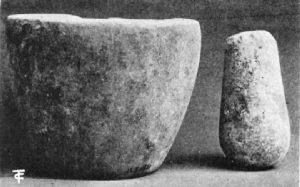
16th Century
- In 1511 coffee was forbidden for its stimulating effect by conservative, orthodox imams at a theological court in Mecca
- In 1524 the coffee ban was overturned by the order of the Ottoman Turkish Sultan Suleiman I
- In 1532 a similar ban was imposed in Egypt
- Coffee was introduced to Europe in Malta, where Turkish prisoners gained favour producing it for their captors
- The word “coffee” entered the English language in 1582. It originated from the Dutch term “koffie”, which came from the Turkish “kahve”, from the Arabic “qahwah”
17th Century
- When coffee first arrived in Europe, clergymen pressed for it to be banned. However, Pope Clement VIII gave it a papal blessing.
- In 1607, coffee introduced to the New World by Captain John Smith, the founder of Virginia.
- After Murad IV claimed the Ottoman throne in 1623, he forbade coffee.
- First coffee house in Europe opened in Italy in 1645.
- First coffee house opened in Europe in 1652. Women were banned, except to serve, despite a petition requesting access.
- Oxford’s Queen’s Lane Coffee House established in 1654, and still exists in England today.
- Coffee introduced to France in 1657, then in Austria and Poland after the 1683 Battle of Vienne when coffee was captured from the Turk’s supplies.
- Charles II made an attempt to crush coffee houses in England in 1675. His fear was that coffee houses bred revolution. The ban lasted 11 days.
- Lloyd’s, one of the world’s largest insurance companies, started as a coffee house on Tower Street in London in 1688.
- Earliest evidence on organised trading in marketable securities in London occurs within Johnathan’s Coffee House in Change Alley.
The word “TIPS” was coined in a London coffee house. A sign reading “To Insure Prompt Service” (TIPS) was placed by a coffee cup. Those wanting prompt service and better seating threw a coin into the cup.
A Muslim pilgrim from India named Baba Budan, smuggled seven coffee beans out of Arabia. He planted them in Southern India where they flourished. This is where “Seven Seeds” references come from in coffee.
In 1616, Pieter van den Broecke, a Dutch merchant, obtained some closely guard coffee bushes from Yemen and grew in the in the Amsterdam Botanical gardens. In 1658, the Dutch used these bushes to establish coffee cultivation in Sri Lanka.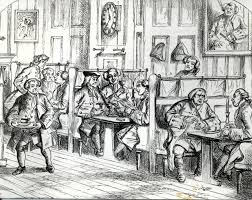
18th Century
- Coffee was banned by the Ethiopian Orthodox Church.
- The French invented a new way to make coffee by submersing the ground coffee, enclosed in a linen bag in hot water, and letting it steep until the desired strength of brew is achieved.
- 1720 – Venice’s first coffee house “Café Florian”, 1721 – Berlin’s first coffee house.
- In 1732, Johann Sebastian Bach composed the humorous “Coffee Cantata”, about a father who tried to persuade his daughter to stop drinking coffee and get married.
- Sweden banned coffee and coffee paraphernalia in 1746. King Gustav III ordered convicted murderers to drink coffee to see how long it took to kill them. Despite multiple efforts, the law never quite stuck.
- In 1757, the British East India Trading Company gave up the coffee trade to the Dutch and French. Tea becomes England’s drink to the masses replacing ale, gin and coffee.
- The protest against tea tax in America (known as the “Boston Tea Party”) in 1773 planned in the Green Dragon coffee house (still open today). Coffee hence became a patriotic drink and a form of rebellion against tea. “Coffee – the favorite drink of the civilised world.” – Thomas Jefferson.
- In 1777, Frederick the Great of Prussia issued a manifesto claiming beer’s superiority over coffee to protect the beer market.
- In the early 1790s, the New York Stock Exchange founded in coffee houses on Wall Street.
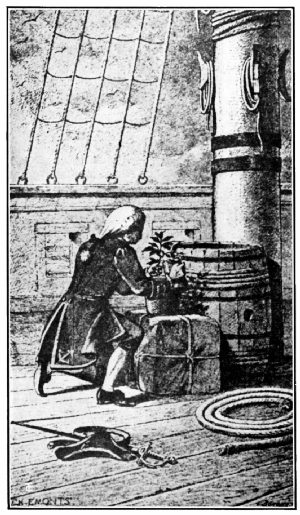
- Commercial coffee growing established by the Dutch in Java at the beginning of the century, at which point coffee became mainly exported from Mocha (the main port of Yemen) or from Java. Hence the first and best known blend – Mocha Java
- In 1714, the Mayor of Amsterdam presented the gift of a young coffee plant to King Louis XIV of France who had it planted in the Royal Botanical Gardens in Paris. It is believed sugar was first added to coffee in his court.
- Around 1720, Gabriel Mathieu de Clieu stole some trees from the Parisian green house and smuggled them across the sea to Martinique. Only one tree survived the arduous journey, plagued by storms, pirates and starvation. Gabriel shared his water ration with his one surviving tree.
- From Martinique, coffee cultivation spread to other French colonies including Ile Bourbon (now called Reunion Island), the discovery place of a mutation now know as the Bourbon varietal.
- Around 1727, the King of Portugal sent Francisco de Melo Palheta to French Guiana to obtain coffee seeds. Francisco seduced the Governor’s wife to get the seeds that commenced the coffee industry in Brazil.
- In 1730, the English Governor of Jamaica, Sir Nicolas Lawes, transported the first coffee plant to Jamaica. Cultivation started at the foothills of St Andrew and moves its way into the Blue Mountains.
- In 1740 Spanish missionaries introduced coffee cultivation into the Philippines from Java.
- In 1748 Don José Antonio Gelabert introduced coffee into Cuba, bringing the seed from Santo Domingo.
- In 1750 the Dutch extended the cultivation of the plant to the Celebes.
- Coffee was introduced into Guatemala about 1750–60.
- Puerto Rico began the cultivation of coffee about 1755.
- In 1760 João Alberto Castello Branco brought a coffee tree from Goa, Portuguese India to Rio de Janeiro.
- The Spanish voyager, Don Francisco Xavier Navarro, is credited with the introduction of coffee into Costa Rica from Cuba in 1779.
- In Venezuela the industry was started near Caracas by a priest, José Antonio Mohedano, with seed brought from Martinique in 1784.
- Coffee cultivation in Mexico began in 1790, the seed being brought from the West Indies.
19th Century
Ethiopian attitudes softened toward coffee drinking (likely due to Emperor Menilek who drank it himself)
In 1818, the coffee percolater was invested by Laurens, a Parisian metal-smith.
In 1864, Jabez Burns of New York invented the first coffee roaster that did not have to be moved away from the fire for discharging roasted coffee.
In
1865, John Arbuckle marketed the first commercially available packages of
ground, roasted coffee – branded “Ariosa”.
In order to try and prolong the freshness of roasted coffee, John Arbuckle invented a glaze to pour over the ground coffee (1 quart of water, one ounce of Irish moss, half an ounce of isinglass, half an ounce of gelatin, one ounce of white sugar and 24 eggs per 100 pounds of coffee).
In 1884, Angelo Moriondo of Turin, Italy was granted a patent for “new steam machinery for the economic and instantaneous confection of coffee beverage” – the first official espresso machine.
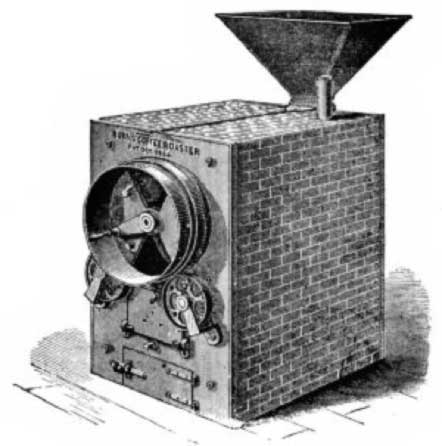
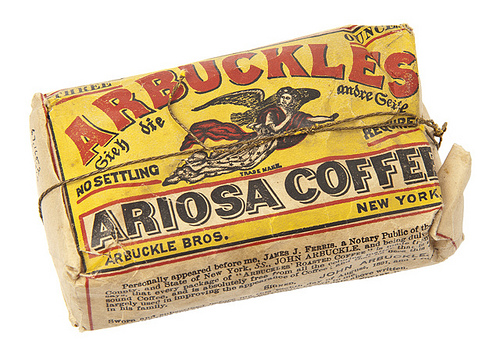
- In 1817 Don Juan Antonio Gomez instituted intensive cultivation in the State of Vera Cruz.
- Following Brazil’s independence in 1822, coffee cultivation exploded and Brazil became the largest producer of coffee in the world by 1852, and has retained that position ever since.
- In 1825 the cultivation of the plant began in Hawaii with seeds from Rio de Janeiro.
- The English began to cultivate coffee in India in 1840.
- In 1852 coffee cultivation began in Salvador with plants brought from Cuba.
- In the 1850s, the French and Portuguese began to cultivate Robusta, chasing the higher profit margins with a higher producing plant.
- In 1869, coffee rust began the destruction of the coffee industry in Sri Lanka. By the end of the century, tea cultivation had become the focus.
- In 1878 the English began the propagation of coffee in British Central Africa, but it was not until 1901 that coffee cultivation was introduced into British East Africa from Réunion.
- In 1887 the French introduced the plant into Tonkin, Indo-China.
- In 1893, a coffee seed from Brazil was introduced to Kenya and Tanzania – bringing it all the way back to Africa
20th Century
Meanwhile,
in the USA, the first commercially produced instant coffee – call “Red E Coffee”
was invented by George Constant Washington – marketed in 1909.
Nestle was approached by the Instituto do Café (Brazilian Coffee Institute) to help find a solution to their coffee surpluses in 1930. Nescafe (instant coffee) was launched on 1st April 1938 in Switzerland then later in Britain.
The mid 1990s is seen as the dark age of coffee. While good coffee was still available if you knew where to look (or how to produce it), most consumption in the USA was of robusta based instant coffee – where consumers were looking for the “hit” rather than the flavour and experience.
Peet’s Coffee & Tea store, opened in 1966 by Alfred Peet (later dubbed the “grandfather of specialty coffee”), inspired a number of customers who became key players in the specialty sector by developing a distinctive style of artisan coffee roasting.
In 1971, two of Peet’s customers – Jerry Baldwin and Gordon Bowker, opened their own coffee shop in Seattle, called Starbucks, later bought and franchised by Howard Schultz in the 1980s.
In 1972, the first automatic drip home coffee maker “Mr. Coffee” was introduced by Vincent Marotta.
